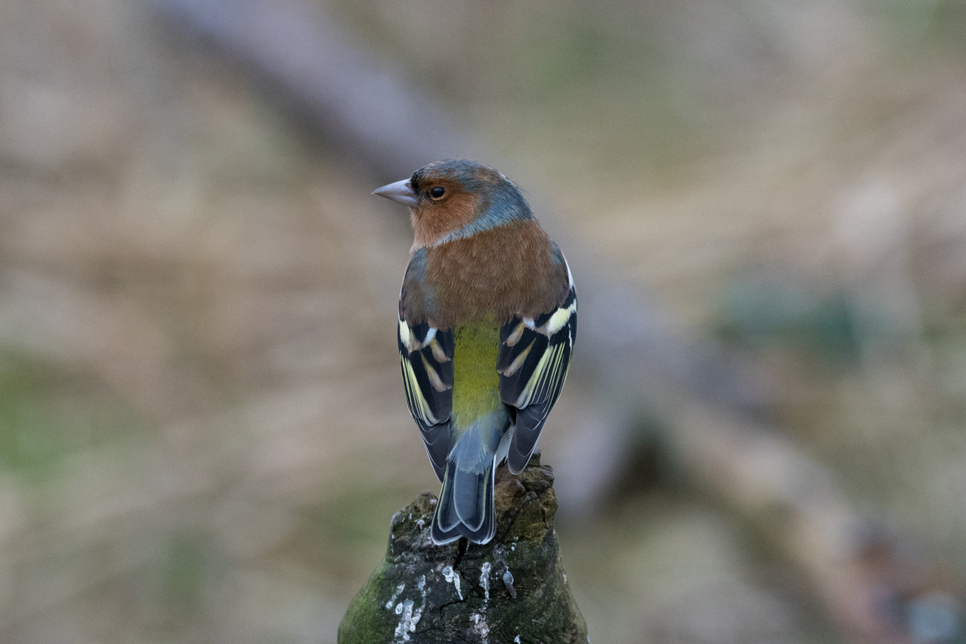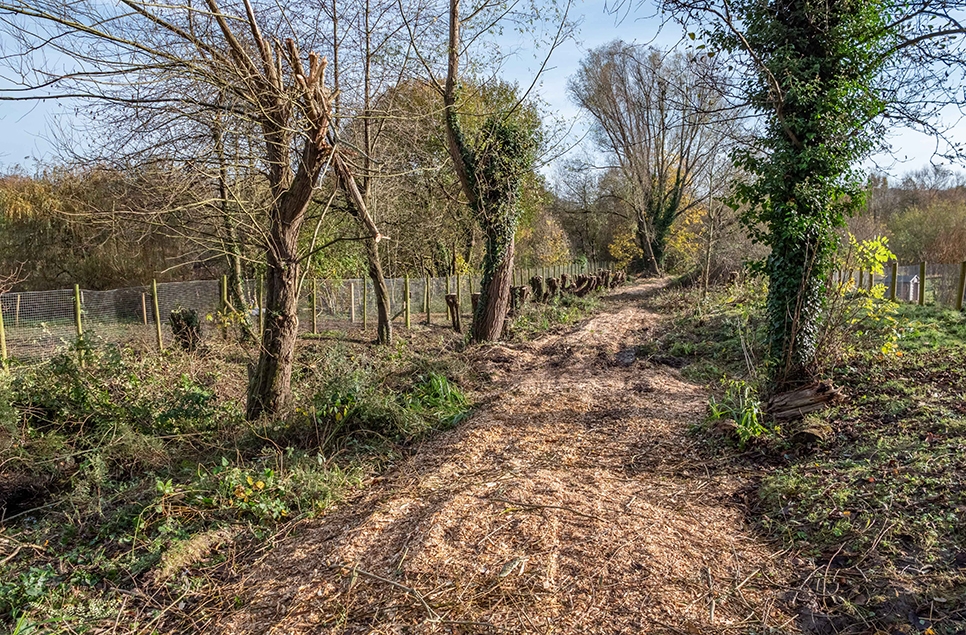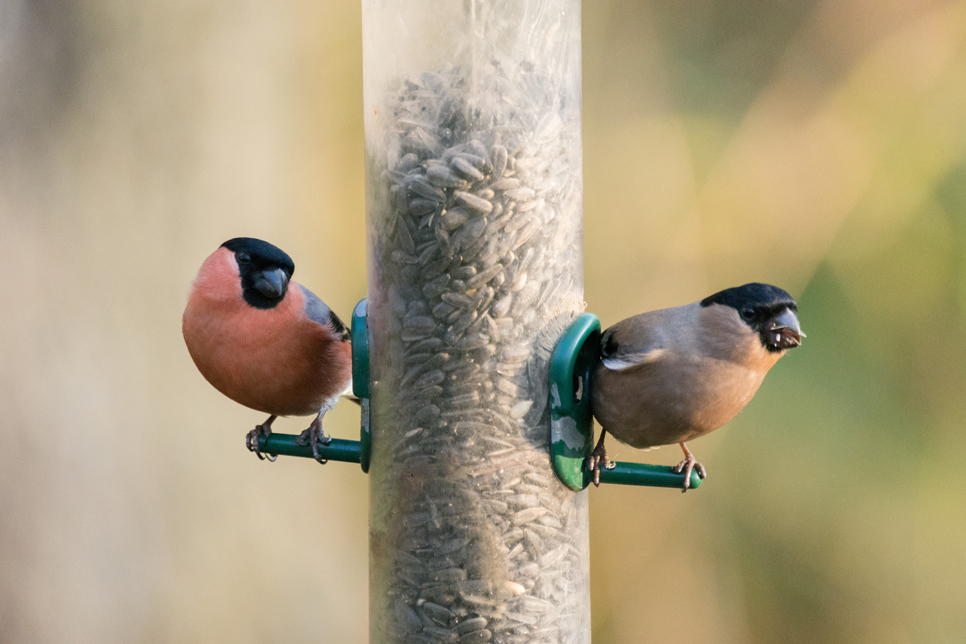Regionally rare wading bird returns
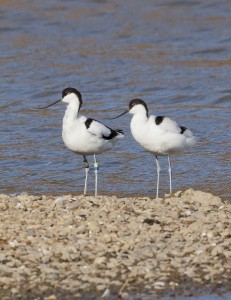 Regionally rare avocets have begun their annual return to a North East wetland reserve.
Regionally rare avocets have begun their annual return to a North East wetland reserve.
WWT Washington Wetland Centre welcomed the first of its iconic wading birds of the season on 4 March – just 10 days later than the site’s previous record of 23 February, set in 2014.
The black and white wader has been spotted nest prospecting on Wader Lake’s shingle islands, which were enhanced and doubled in size last autumn thanks to a £21.4K funding boost from Biffa Award.
WWT Washington’s reserve manager John Gowland said that his team was thrilled to be seeing the benefits of this conservation work in action so soon and they were hoping for a great breeding season ahead.
“For the avocets to return and begin nest prospecting on the new habitat is just fantastic and a real conservation success story,” he said.
“Avocets have only been breeding at WWT Washington for ten seasons – from our first pair in 2006 to a site record of 23 adults last summer – so we can’t wait to see if their overall numbers will be boosted this year thanks to the extra habitat that the Biffa Award has allowed us to create.”
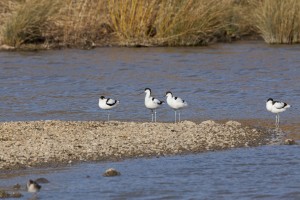 As well as increasing potential nesting space for avocets – once declared extinct as a breeding species in the UK – the improvements will benefit a host of other wading bird species this season too, including regionally important lapwing and a significant local population of breeding common tern.
As well as increasing potential nesting space for avocets – once declared extinct as a breeding species in the UK – the improvements will benefit a host of other wading bird species this season too, including regionally important lapwing and a significant local population of breeding common tern.
“Already this year we’ve had good numbers of various waders using the island, but most crucially we’re seeing regular flocks of 200+ lapwing, which are red-listed of conservation concern and in national decline. That’s double the number of recent years,” added John.
“Looking ahead to the summer, our site is home to a key breeding colony of amber-listed common tern, peaking at about 100 pairs.
“If the new islands can support an increase in the numbers of terns – which are feisty defenders of their territories and nests – we also increase protection for other species sharing the lake at that time, such as gadwall, shoveler and redshank.”
Biffa Award is a multi-million pound fund that helps to build communities and transform lives through awarding grants to community and environmental projects across the UK (www.biffa-award.org).
Gillian French, Head of Grants, Biffa Award, said: “It’s so exciting to see avocets thriving in Washington, the return of this iconic bird is a real conservation success story, and we’re pleased that Landfill Communities Funding can be used to help support it.”
Avocet facts…did you know?
- Between 2006 and 2015, avocets have successfully hatched and fledged 54 chicks at WWT Washington.
- On 27 July 2010 a pair of avocet colour-ringed at WWT Washington that June were sighted and reported at Cley NWT reserve in Norfolk (270km away and 38 days post-ringing).
- 07 October 2010 a single bird with colour rings (later identified as ring number ET65453) was sighted at Salinas la Tapa, El Puerto Real, Cadiz, SPAIN. The bird had travelled an amazing 2077km in the 110 days after ringing.
